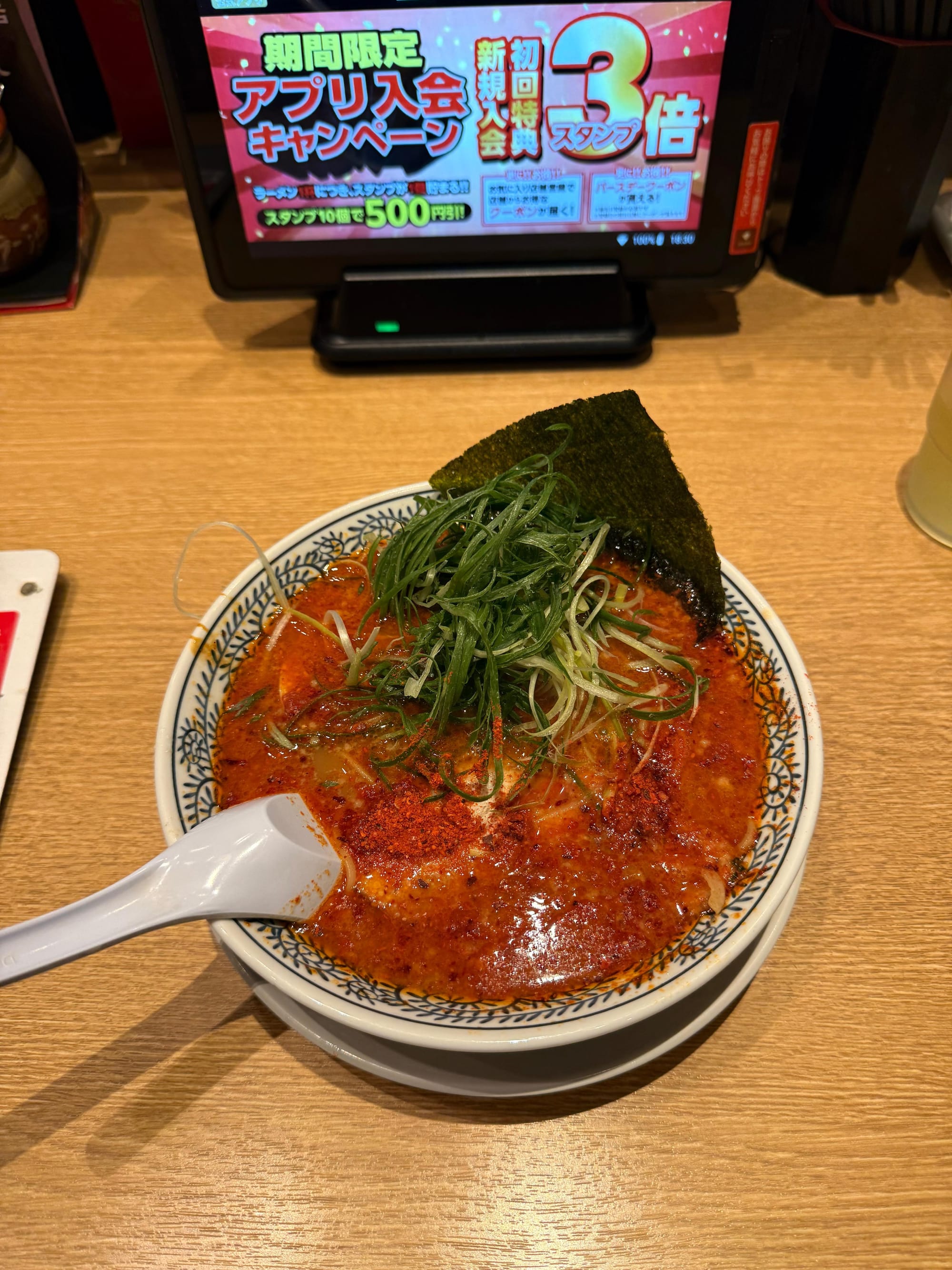Osaka Expo
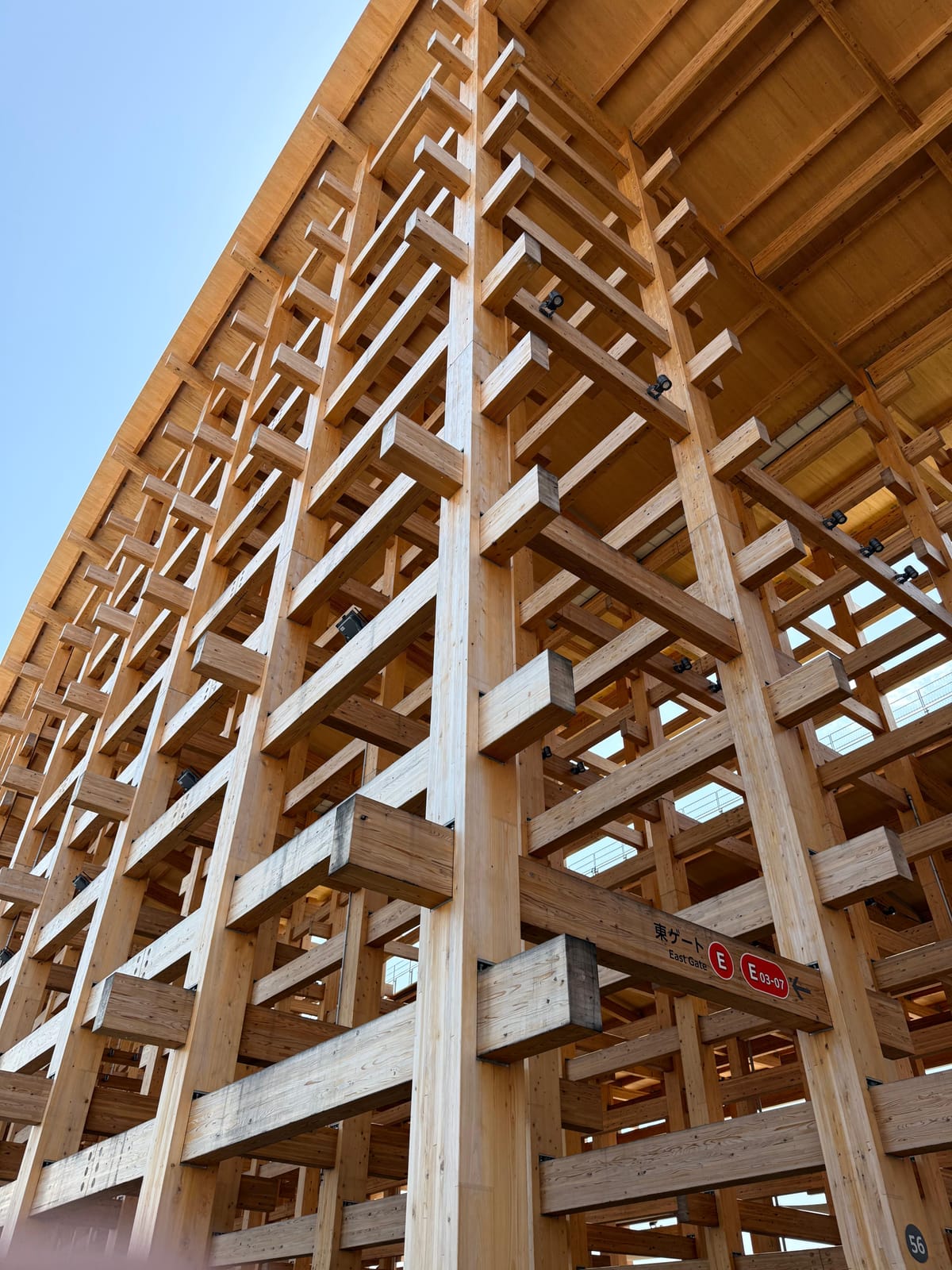
I woke up around 10 on the somewhat unpleasant fake leather floor of the manga café room and had a shower before heading back to the car.
They’ve built an entirely new island for the Expo out in Osaka Bay, which seemed a little excessive at first—but given the size of the event and the lack of space in central Osaka, it actually makes a lot of sense. The drive there took me over bridges and through tunnels, past several other artificial islands that already exist in the bay. It all felt very futuristic.
When I arrived at the event, I realised there was no parking available. As an eco-friendly event, everyone was expected to take the train or pre-book one of the park-and-ride facilities—which I hadn’t done. Luckily, there was a Seven-Eleven and a truck stop–style lay-by on the other side of the road, so I ditched the car there and headed over on foot. I could already tell I was going to smash my step goal for the day, given the sheer size of the place.
The entrance to the Expo was like airport security, complete with scanners and metal detectors—but being Japan, it had the added benefit of no queues and around eight smiling staff at each gate waving you through. This theme of overstaffing continued throughout the day; everywhere you looked, someone was ready to point you towards the nearest toilet, vending machine, or konbini (yes, they have every flavour of convenience store you could want inside the actual venue).
A total of 180 countries are taking part, each with its own pavilion or stand. Most of them had some underlying theme of sustainability, although some were more on the artsy side—most notably the Czech Republic’s, which had very little to do with the country apart from a rooftop Staropramen bar. I tried to visit the UK pavilion, but as I hadn’t pre-booked, I was denied entry. You’d think a passport might be enough to get in, but there you go.
In the afternoon, I visited the German stand, which was my favourite. It was a bit different—slightly psychedelic—with a strong focus on sustainability and the circular economy. I also stopped by the Maltese pavilion (obviously), which featured replicas of important historical artefacts and a long video about the island’s history. The video was a bit odd—it included a lot of AI-generated recreations of ancient battles in Malta, and the CGI-style animations looked slightly out of place next to real-world footage of the island today. They also had a café serving Maltese dishes and Cisk—a personal favourite beer of mine, if you ever get the chance to try it.
I then wandered around the outer ring (the entire venue is built around a 2km-circumference, 12-metre-high wooden walkway—you should give it a Google if you’re struggling to picture it) before heading to the merchandise shop. I didn’t end up buying anything as it was all quite expensive and I’m not a huge fan of the logo. I think I’ll return in June when I’m travelling with some friends in the area.
Afterwards, I headed back to the car in search of somewhere to park for the night. I found a quiet-looking sports ground in the northern part of Osaka, which was conveniently on the way to my destination for tomorrow—Lake Biwa.
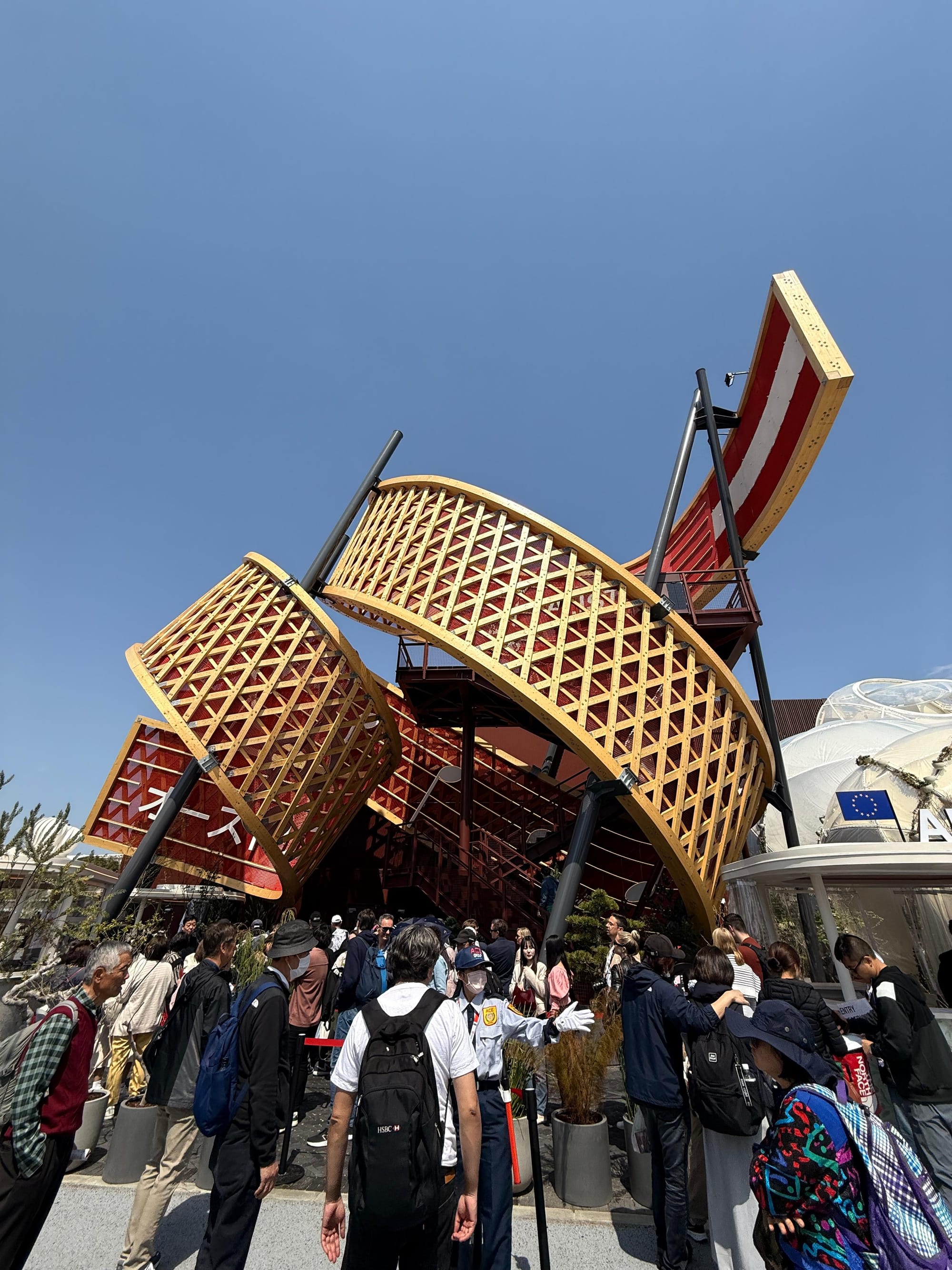
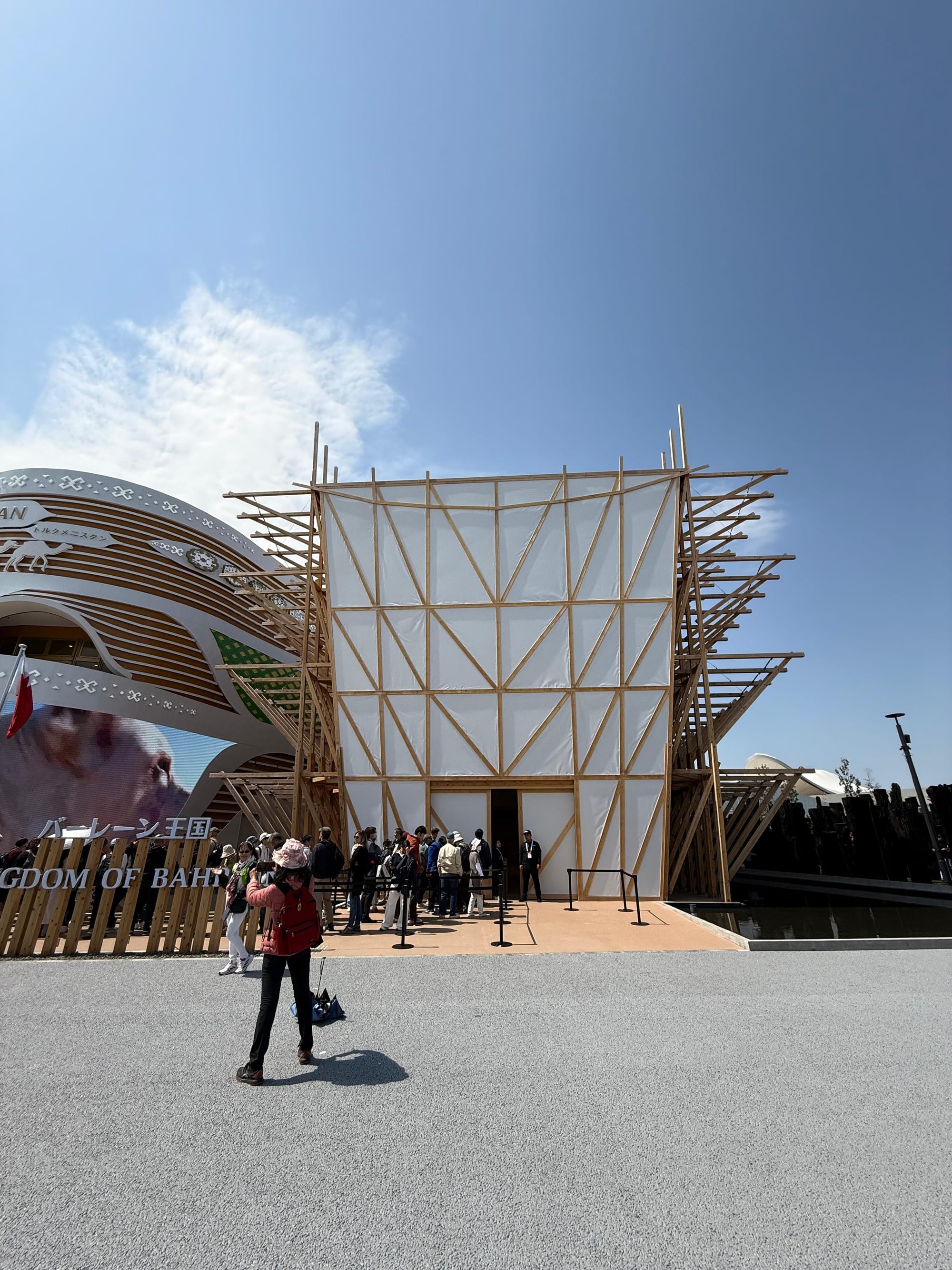
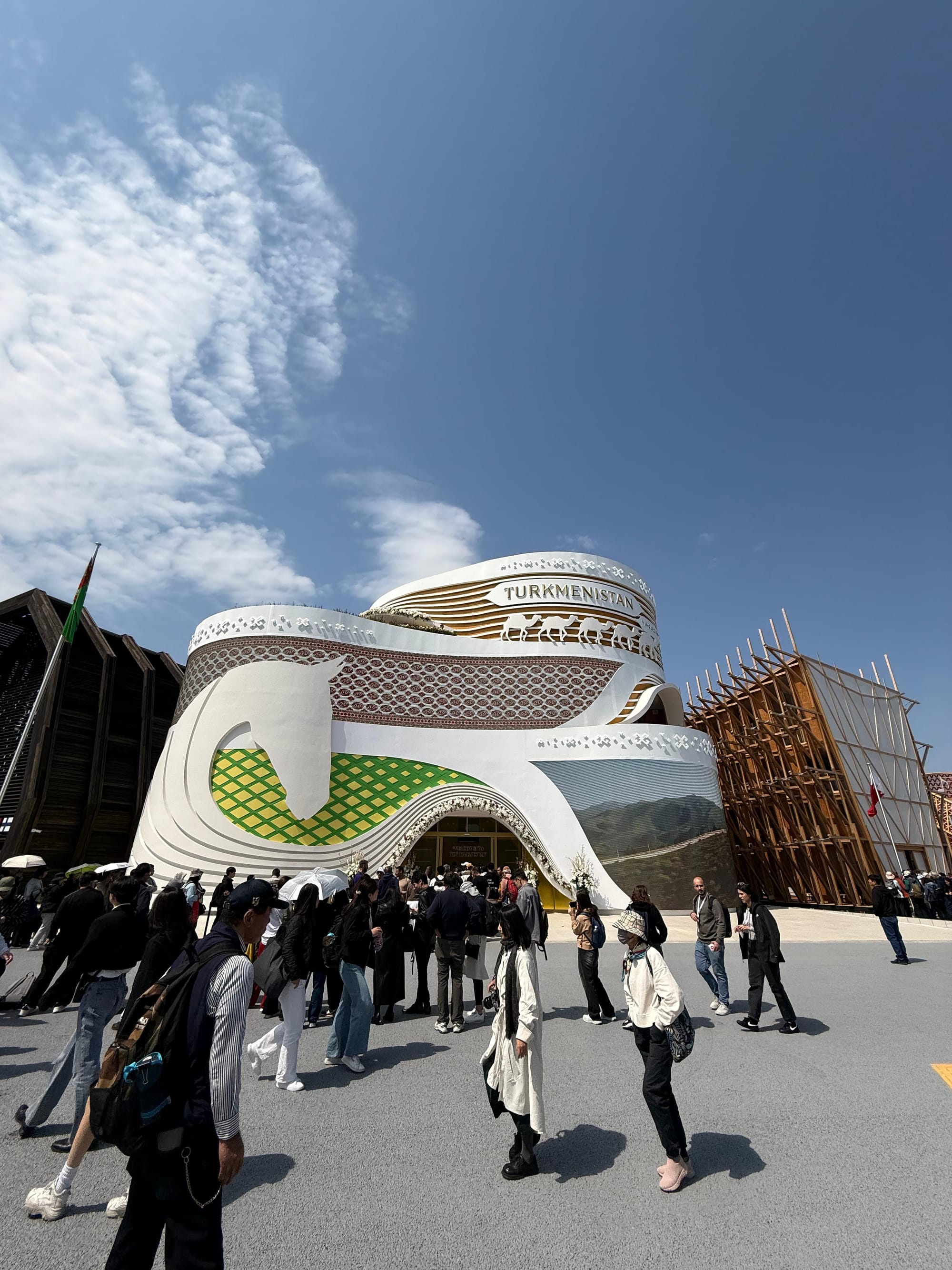
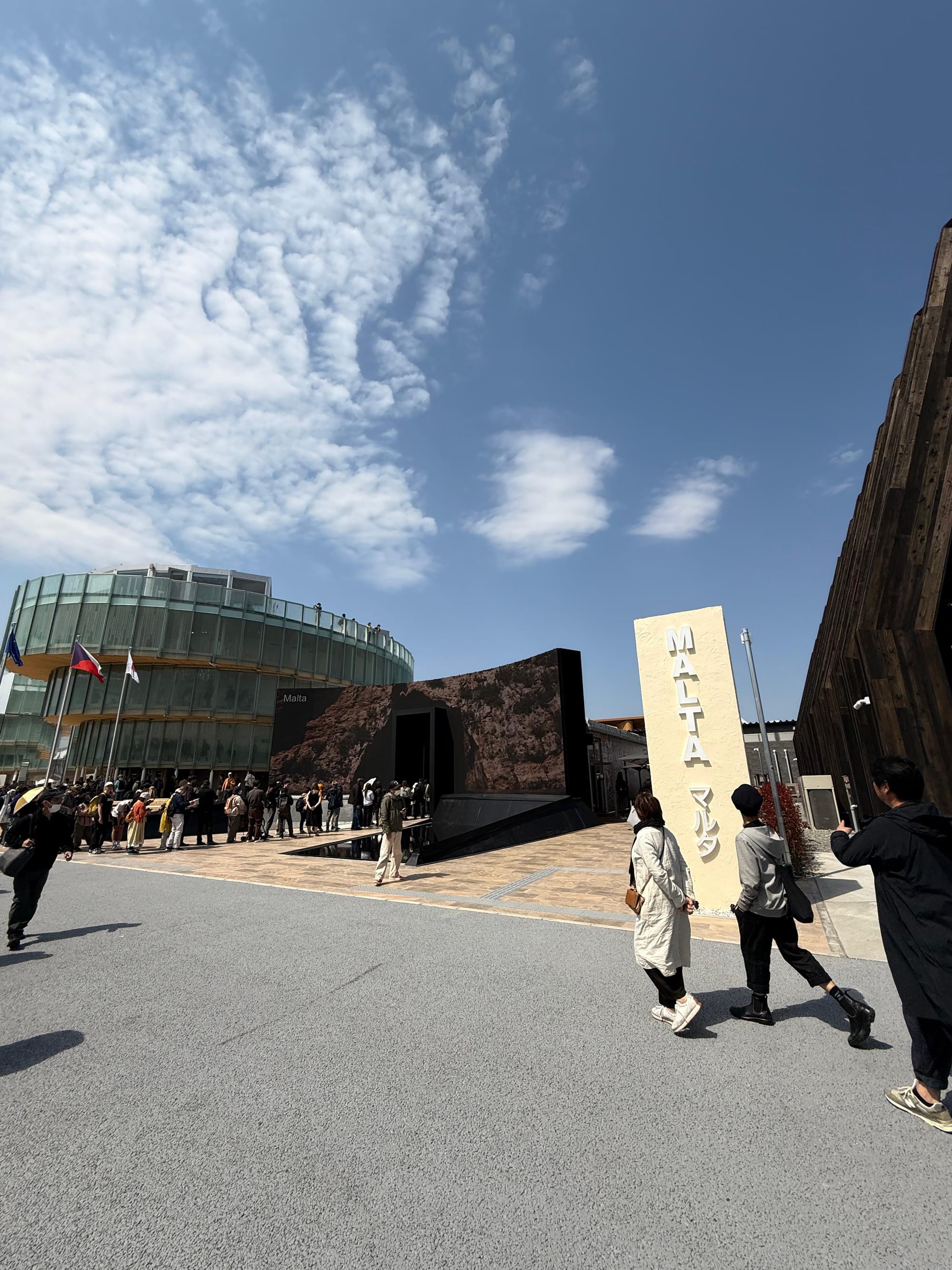
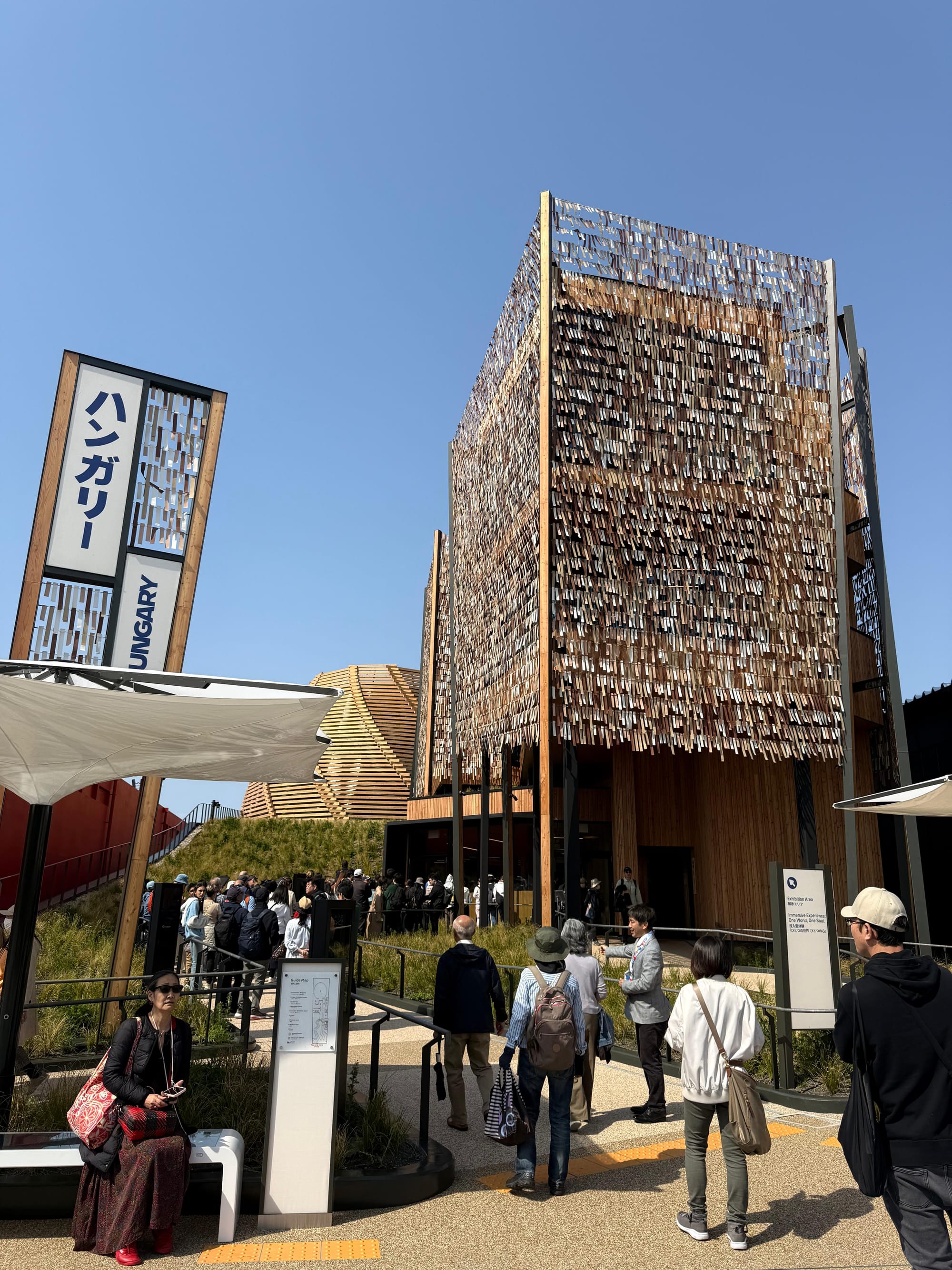
On top of the circle
Can't seem to get away from the Germans this trip
Flags in the wind
